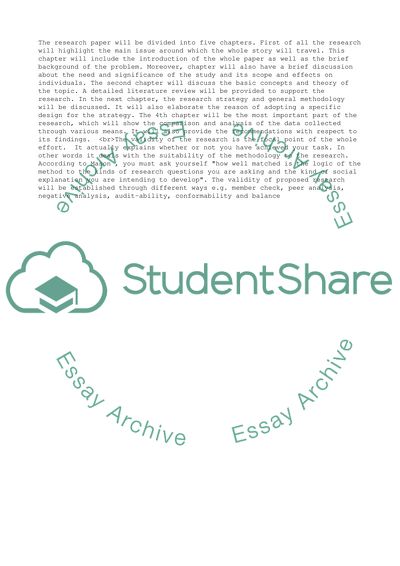Cite this document
(“The Balanced Scorecard as Performance Managment Tool Essay”, n.d.)
The Balanced Scorecard as Performance Managment Tool Essay. Retrieved from https://studentshare.org/management/1564831-the-balanced-scorecard-as-performance-managment-tool
The Balanced Scorecard as Performance Managment Tool Essay. Retrieved from https://studentshare.org/management/1564831-the-balanced-scorecard-as-performance-managment-tool
(The Balanced Scorecard As Performance Managment Tool Essay)
The Balanced Scorecard As Performance Managment Tool Essay. https://studentshare.org/management/1564831-the-balanced-scorecard-as-performance-managment-tool.
The Balanced Scorecard As Performance Managment Tool Essay. https://studentshare.org/management/1564831-the-balanced-scorecard-as-performance-managment-tool.
“The Balanced Scorecard As Performance Managment Tool Essay”, n.d. https://studentshare.org/management/1564831-the-balanced-scorecard-as-performance-managment-tool.


